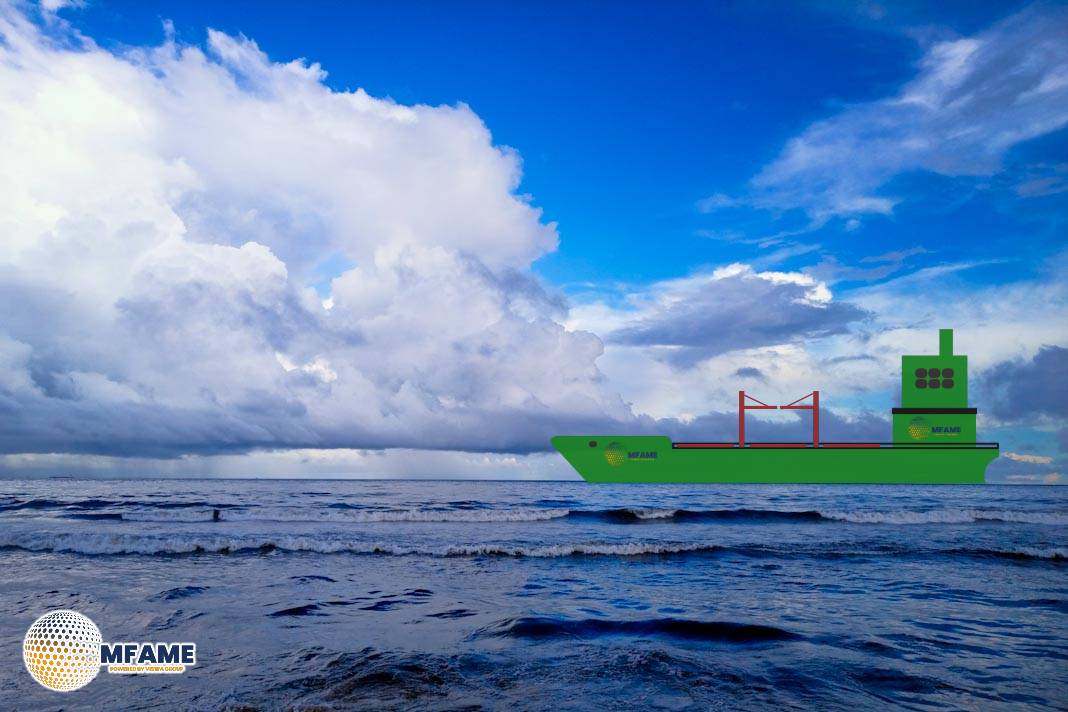- Cross-Border Guidelines Set for Methanol Bunkering Operations.
- Unified Safety Standards Rolled Out for Methanol Fuel Ships.
- Shenzhen–Hong Kong Collaboration Eases Green Fuel Compliance.
In a bid to meet the growing demand for methanol as a marine fuel, authorities from Shenzhen and Hong Kong have come together to unveil safety guidelines for methanol bunkering operations. This initiative showcases the increasing collaboration between the two cities, which are divided by the 37km-long Sham Chun River, reports Manifold Times.
Unified Guidelines for Safer Methanol Bunkering
The Shenzhen Maritime Safety Administration, along with the Authority of Qianhai Shenzhen-Hong Kong Modern Service Industry Cooperation Zone of Shenzhen Municipality (Qianhai Authority), has jointly released the Guidelines for Safety Inspection of Methanol Bunkering Operations in both Shenzhen and Hong Kong. These guidelines were launched simultaneously in Hong Kong, with the backing of the Marine Department of the Hong Kong Special Administrative Region Government.
The newly established guidelines lay out standardised operating procedures for methanol fuel bunkering in the waters of both Shenzhen and Hong Kong, to advance the marine green fuel industry.
Reducing Compliance Costs for Cross-Border Bunkering
Qianhai Authority emphasised that the guidelines offer consistent safety references for methanol-powered ships and bunkering vessels operating between the two cities. “The guidelines will avoid burdening ships travelling between Shenzhen and Hong Kong in adapting to different reference standards and switching operating procedures, effectively reduce the compliance costs of bunkering, and will effectively promote the development of the green marine fuel industry,” it stated.
Surge in Methanol-Powered Ship Orders
According to the Qianhai Authority, there’s been a remarkable surge in global orders for vessels powered by methanol. The data reveals that the demand for methanol-fueled ships is skyrocketing, with around 25% of the 285 new alternative fuel ships expected to be delivered worldwide in 2025 set to run on methanol fuel, as reported by the Authority.
It also noted the increasing significance of green fuel capabilities at ports: “Green fuel bunkering capability has become an important indicator for measuring the international competitiveness of ports.”
Hong Kong’s Strategic Push Toward Green Bunkering
In November 2024, the HKSAR Government unveiled its Action Plan on Green Maritime Fuel Bunkering, outlining five key strategies and ten actionable steps to transform Hong Kong into a leading green maritime fuel hub. Among these strategies is the goal to finalise the Code of Practice (CoP) for green methanol bunkering by 2025, along with creating a long-term roadmap for hydrogen and green ammonia bunkering.
Incentive Scheme to Promote Green Fuel Adoption
To encourage early adoption, Hong Kong’s Marine Department rolled out the Green Maritime Fuel Bunkering Incentive Scheme in June this year, focusing on liquefied natural gas (LNG) and green methanol.
As part of this scheme, each pioneering company will receive an incentive of HKD 500,000 for its first two LNG or green methanol bunkering operations completed within a year of the Marine Department approving its risk assessment.
Did you subscribe to our daily Newsletter?
It’s Free Click here to Subscribe!
Source: Manifold Times
















